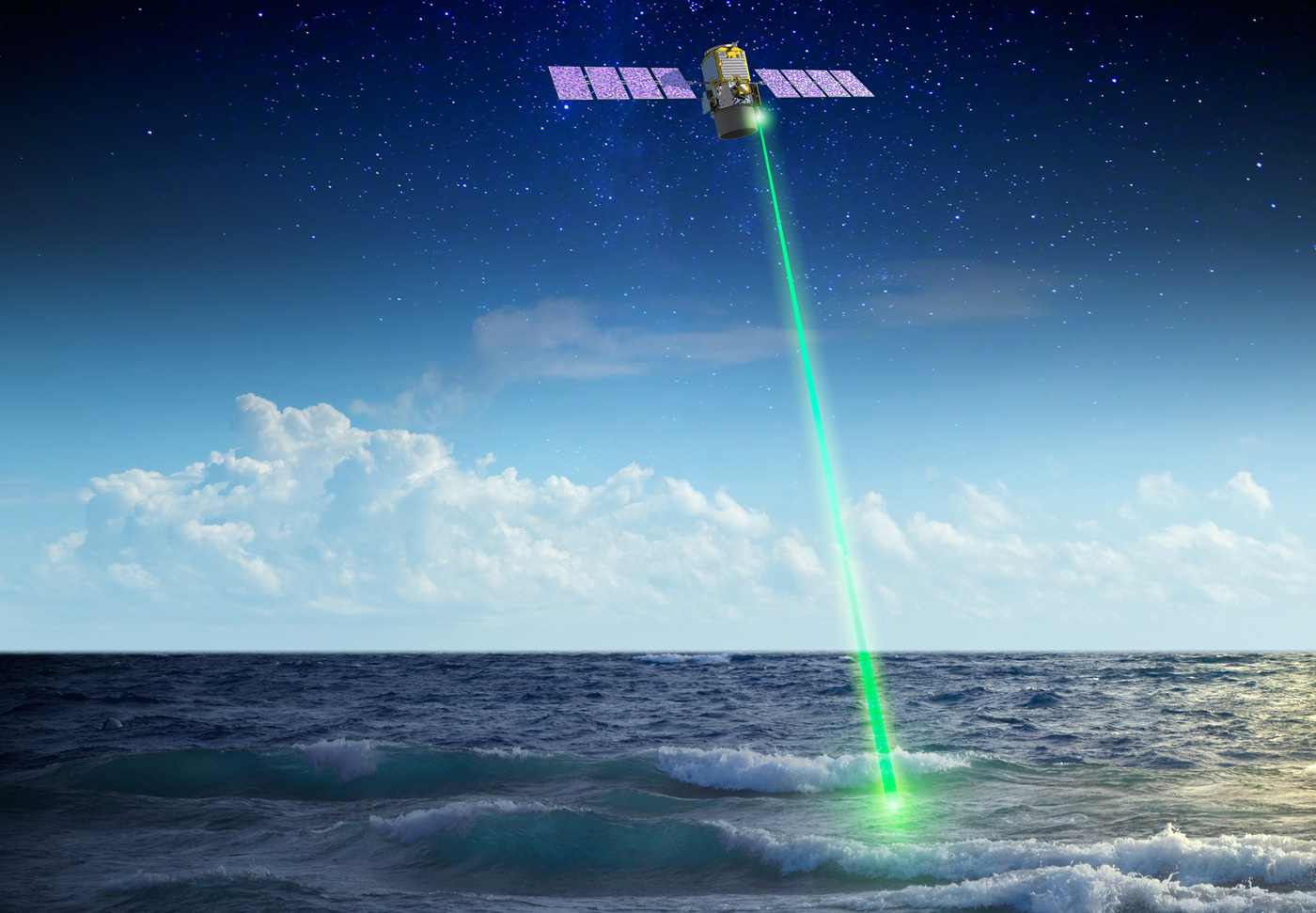
NASA’s space laser sensor CALIOP beams back first Boom-And-Bust cycles of Polar Phytoplankton
NASA’s Space Laser Sensor which is orbiting the earth to assist the scientists in getting a better understanding of plankton boom-bust cycles has beamed back its first continuous view to the ground-based scientists. The images received by NASA are the first-of-its-kind pictures of the peak and decline of the Cycles of Polar Phytoplankton, a milestone that can lead scientists towards the invention of more facts about the activities in the polar food web.
NASA-owned and operated, Cloud-Aerosol Lidar with Orthogonal Polarization, or CALIOP, is a space Laser sensor or a satellite-mounted lidar instrument, which has been orbiting the course of earth and observing the cycles of phytoplankton blooms since last one decade. Now, researcher has got the complete data set of ten years collected by the satellite, which suggests phytoplankton blooms occur at the moment when growth steps up faster than plankton-eating predators can munch. Once the process of propagation plankton reduces speed, the bloom ends because the predators quick consume the entire population.
The results of the laser sensor of NASA are demonstrating each and every small and big changes and movement that have happened in polar food webs. These environmental changes are found to be affecting the boom-and-bust cycles of phytoplankton significantly. The researchers also believe that the recent discovery will provide them much more significant information about the management of the ecosystem and marketable fisheries. In addition, the finding will also enhance the understanding of scientists about the interactions between the climate of the Earth and the ecosystems of the oceans.
The study, published in the journal Nature Geoscience contradicts the views that have previously been believed about phytoplankton cycles. The study also revealed that the cycles of phytoplankton are more attached to the push-pull affiliation between them and their predators than they were previously believed to be.
According to Michael Behrenfeld from the Oregon State University College of Agricultural Sciences and the lead author of the study, Phytoplankton is the source of the ocean’s food web. The entire species of commercial fisheries, oceanic mammals and birds depend on the blossoms.


